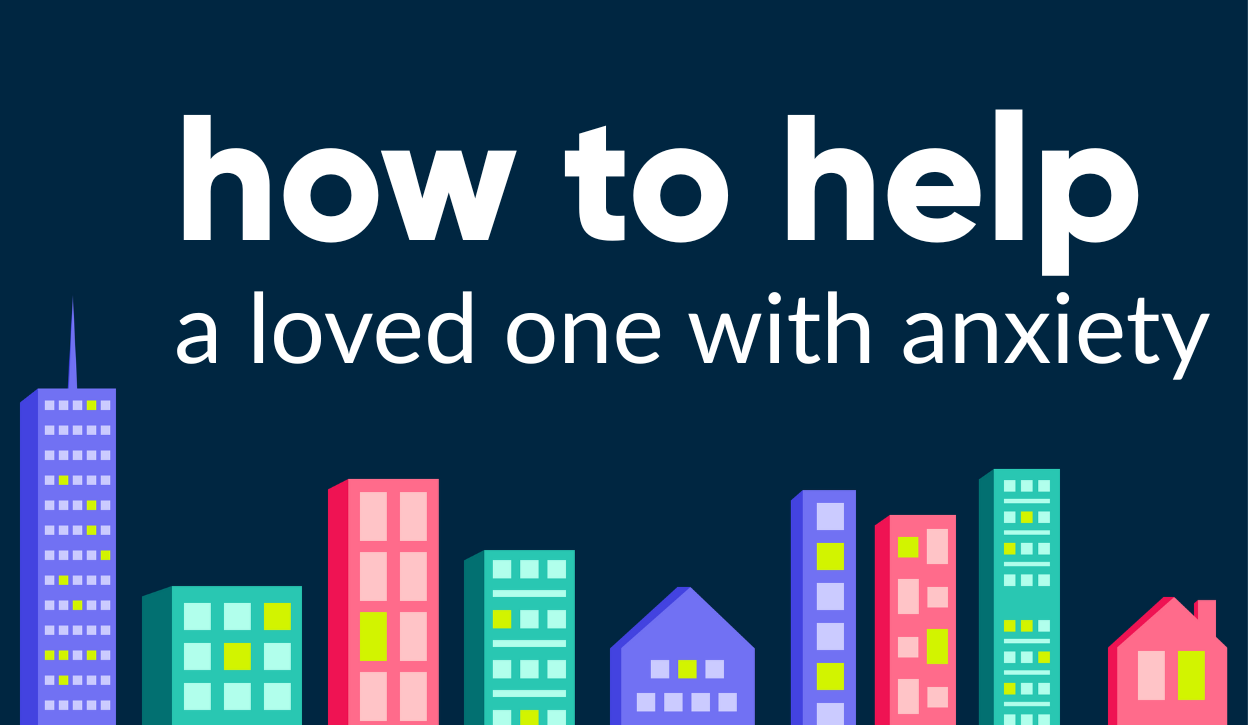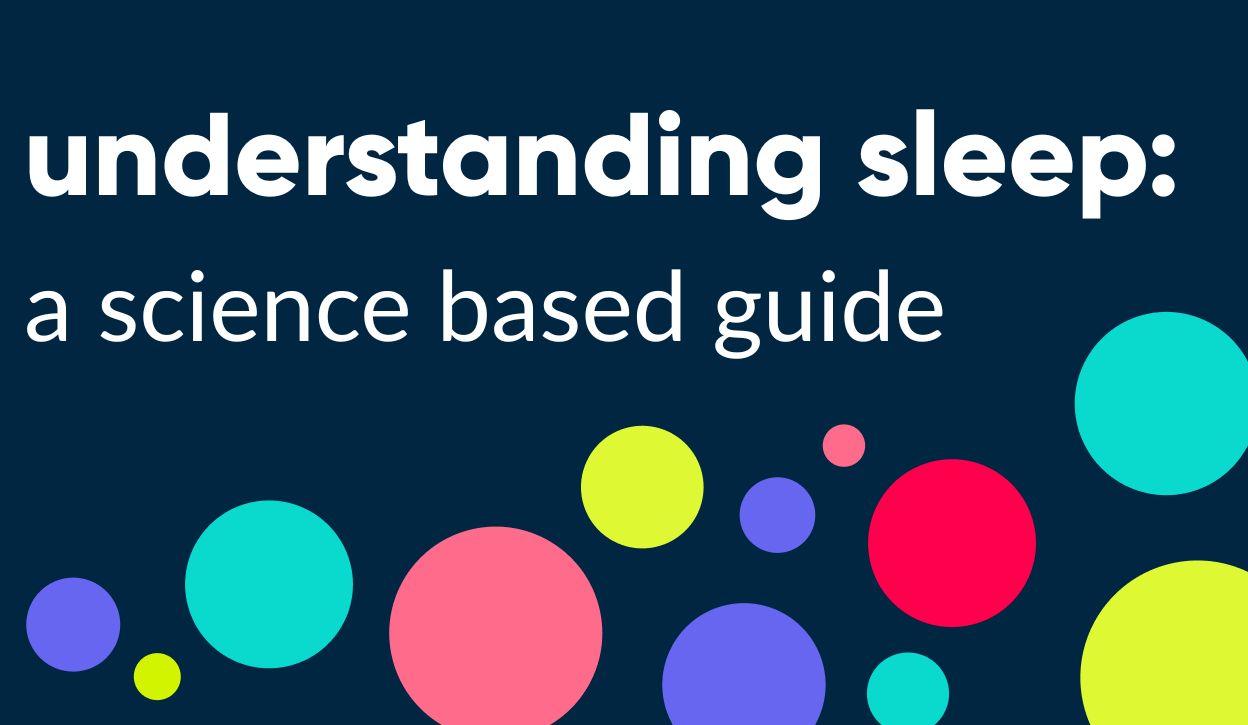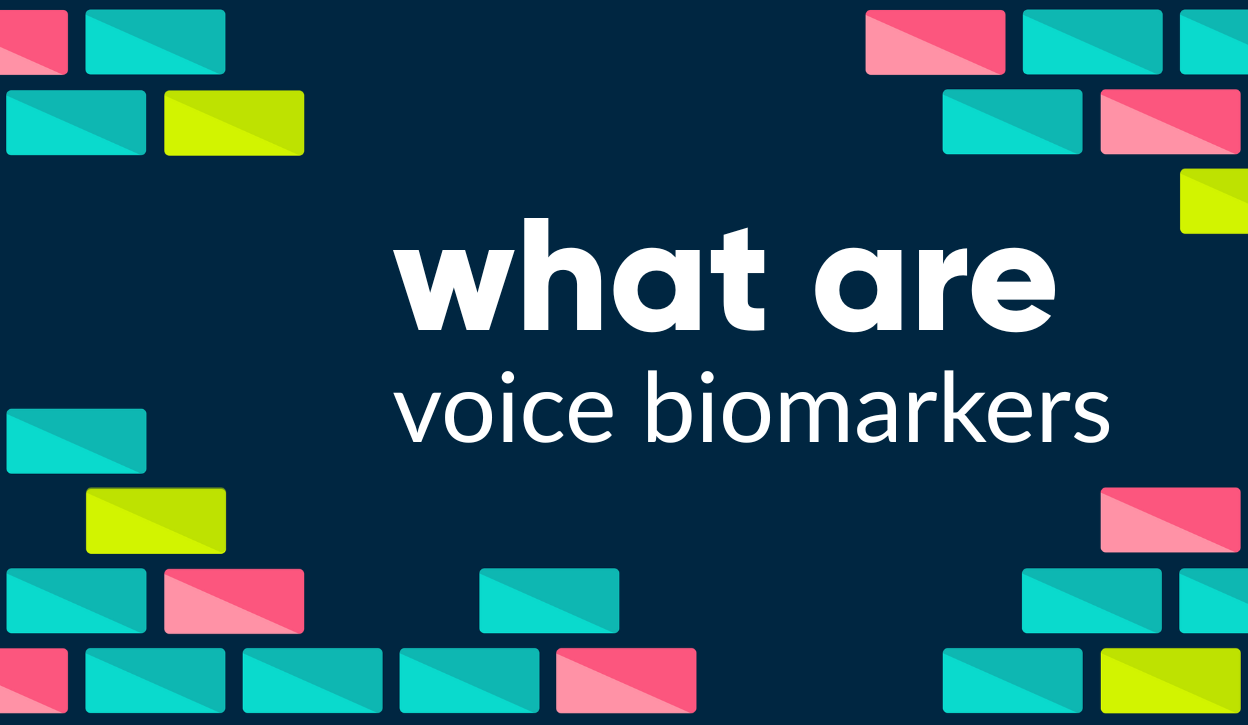
Impulsive vs. compulsive behavior. What’s the difference?
Although there are common behaviors of both that people recognize, it can still be confusing to know the difference between the two.
Do you find yourself spending money that you don’t have and then regret it later? Do you count the number of cars you see when you go for a run without even thinking about it?
You may be experiencing impulsive and/or compulsive behaviors.
How the Galvan App Can Help You Understand Your Behaviors
Having trouble understanding your health symptoms? Especially when trying to understand the difference between similar conditions and disorders like impulsivity and compulsivity, tracking your health is instrumental in getting the correct help and treatment you need. The Galvan app is a revolutionary way to assess and quantify mental health.
Being able to track emotions and see patterns can help people struggling with impulsive or compulsive behaviors have better control of their lives. This app assists with mental health, and it also assesses your heart rate, your exercise habits, and even the nearly-imperceptible nuances of your voice to help you analyze your mental health on a daily basis. Not only will you be able to share your progress with friends, but our app will give you rewards for good behavior. Download it below!

Now, let’s take a look at impulsivity and compulsivity to better understand the difference between the two and learn what can be done to control the behaviors.
Impulsivity
Impulsivity is the tendency to act without forethought or consideration of the consequences. It is characterized by a lack of inhibition, a failure to delay gratification, and an inability to control one's impulses. There a variety of ways that Impulsivity can manifest, including behavior, decision-making, and speech. Let’s take a look into each one of those.
Impulsive Behavior
Impulsive behavior can take many forms. Individuals who exhibit impulsive behavior often act without considering the potential consequences of their actions. For example, a person who is prone to impulsive spending may make large purchases without considering their financial situation or whether the purchase is necessary.
Another impulsive tendency is making choices without taking the time to consider all available options or weigh the potential outcomes. An example of this could be a person may quit their job without having another one lined up, or they may choose to skip important obligations to pursue immediate pleasures.
Impulsive speech can also be an impulsive behavior. This could include interrupting others, making inappropriate comments, or speaking before considering the impact of one's words. Individuals who are prone to impulsive speech may struggle with social interactions and maintaining relationships.
Association With Mental Health Conditions
Impulsivity is often associated with a number of mental health conditions, including attention-deficit/hyperactivity disorder (ADHD), bipolar disorder, and borderline personality disorder. However, it is important to note that impulsivity can also be a normal part of the human experience, and not all impulsive behavior is problematic.
Compulsivity
Compulsivity is a behavioral tendency characterized by repetitive, ritualistic actions that are difficult to control or resist. It involves a strong urge to perform a specific behavior, often leading to distress or impairment in daily functioning. Compulsivity includes behaviors, thoughts, and urges.
Compulsive behaviors are repetitive actions that a person feels compelled to perform, often in a specific order or pattern. These behaviors may be done to relieve anxiety or to prevent a negative outcome from occurring.
Compulsive thoughts involve recurrent, unwanted, and distressing thoughts or images that are difficult to control. These thoughts may be related to fears, worries, or obsessions, and they often lead to feelings of distress or anxiety.
Compulsive urges refer to strong impulses to engage in a particular behavior, often in response to a trigger or stimulus. These urges can be difficult to resist, even when a person recognizes that the behavior is harmful or unwanted. For example, a person with a gambling addiction may experience strong urges to gamble, even when they know that it will lead to financial problems.
Specific Examples of Impulsive Behavior
Still confused on what counts as impulsive behavior versus compulsive behavior?
Here are some common examples of impulsive behaviors to help clarify:
- Impulsive Spending: Spending money on unnecessary or frivolous purchases, often without considering the impact on one's financial situation.
- Substance Abuse: Engaging in drug or alcohol use without considering the potential risks or consequences.
- Reckless Driving: Driving at high speeds, weaving in and out of traffic, or engaging in other risky driving behaviors.
- Risky Sexual Behavior: Engaging in unprotected sex or having multiple sexual partners without considering the potential risks.
- Binge Eating: Eating excessively and impulsively, often to the point of discomfort or illness.
- Self-Harm: Engaging in behaviors such as cutting or burning oneself, often in response to emotional distress or to cope with negative feelings.
- Gambling: Engaging in high-risk gambling behavior, such as betting large sums of money or gambling with money that is needed for other expenses.
- Shoplifting: Stealing items from stores without considering the potential legal or financial consequences.
- Aggression: Engaging in physical or verbal aggression without considering the potential harm to oneself or others.
- Quitting: Quitting a job or leaving school without having a plan in place for the future.
Examples of Compulsive Behavior
- Compulsive Hand Washing: Repeatedly washing one's hands to the point of irritation or injury, often in response to fears of contamination.
- Counting: Counting objects or performing calculations repeatedly, often in response to anxiety or distress.
- Checking: Repeatedly checking doors, locks, or appliances to ensure they are secure or off, often in response to fears of harm or danger.
- Organizing: Rearranging objects or possessions repeatedly, often in a specific order or pattern.
- Hoarding: Collecting and storing items excessively, often to the point of creating clutter or unsafe living conditions.
- Skin Picking: Repeatedly picking at one's skin, often resulting in skin damage or scarring.
- Hair Pulling: Repeatedly pulling out one's hair, often resulting in bald patches or hair loss.
- Nail Biting: Biting or picking at one's nails, often to the point of bleeding or injury.
- Eating Disorders: Engaging in compulsive behaviors related to food, such as binge eating, purging, or restrictive eating.
- Excessive Exercise: Engaging in compulsive exercise, often to the point of injury or physical exhaustion.
Coping Strategies for Impulsive and Compulsive Behavior
Now that you’ve learned about what impulsive and compulsive behavior looks like, we can talk about how those behaviors can be managed. Here are some coping strategies that may be helpful:
Mindfulness
Practicing mindfulness can help individuals learn to be more present in the moment and less reactive to impulsive or compulsive urges. Mindfulness techniques, such as deep breathing or progressive muscle relaxation, can be used to reduce stress and promote relaxation.
Distracting Activities
Engaging in activities that require concentration, such as reading, puzzles, or exercise, can help individuals redirect their attention away from impulsive or compulsive urges.
Cognitive Restructuring
Identifying and challenging negative or irrational thoughts can help individuals learn to recognize and manage impulsive or compulsive behaviors. This can be done through techniques such as cognitive-behavioral therapy (CBT) or replacing negative thoughts with positive ones.
Exposure and Response Prevention
In cases where impulsive or compulsive behaviors are related to anxiety or OCD, exposure and response prevention (ERP) may be an effective treatment. ERP involves gradually exposing individuals to anxiety-provoking situations and helping them learn to manage their anxiety without engaging in compulsive behaviors.
Self-Care
Taking care of oneself physically, emotionally, and mentally can help reduce stress and promote well-being, which can in turn help manage impulsive or compulsive behaviors. This can include activities such as exercise, healthy eating, getting enough sleep, and seeking social support.
Medication
In some cases, medication may be prescribed to help manage impulsive or compulsive behaviors. This may include antidepressants, antipsychotics, or anti-anxiety medications.
It's important to note that coping strategies may vary depending on the specific behaviors and underlying mental health conditions. It may be helpful to work with a mental health professional to develop a personalized treatment plan.
Conclusion
Impulsive behaviors and compulsive behaviors can be hard to tell the difference between, but hopefully you’ve gotten a better idea from this article. Whether you are struggling with these behaviors or someone you know is, recognizing the behavior is the first step to improving your mental health. Try out the coping strategies mentioned and use the Galvan app to manage your symptoms and mental health!
Galvan Nodes and the IZE Blockchain are governed by a Distributed Governance Framework, which is distinct from and not solely controlled by Galvan DAO LLC. Any value derived from Galvan Nodes and IZE Digital Rewards is likely to be uncorrelated with the success or failure of Galvan.
Galvan does not sell tokens. The IZE Blockchain, which is governed by Galvan Node Owners, self-governs the distribution of tokens. Tokens are earned in exchange for work and action on the IZE Blockchain. The token is designed to have utility on the Galvan platform for the purchase of Galvan’s products and services. The token is not an investment product and may never have any value outside of the Galvan platform. Galvan Node Owners should not expect to recognize any value from the token other than its utility with Galvan. Galvan does not anticipate correlation between the token value and Galvan’s business activities.
This article may contain forward-looking statements that involve substantial risks and uncertainties. Forward-looking statements discuss plans, strategies, prospects, and expectations concerning the business, operations, markets, risks, and other similar matters. There may be events in the future that we cannot accurately predict or control. Any forward-looking statement contained herein speaks only as of the date on which it is made. Factors or events that could cause our actual results to differ may emerge from time to time, and it is not possible for us to predict all of them. We do not plan to update or revise publicly any forward-looking statements except as required by law.













